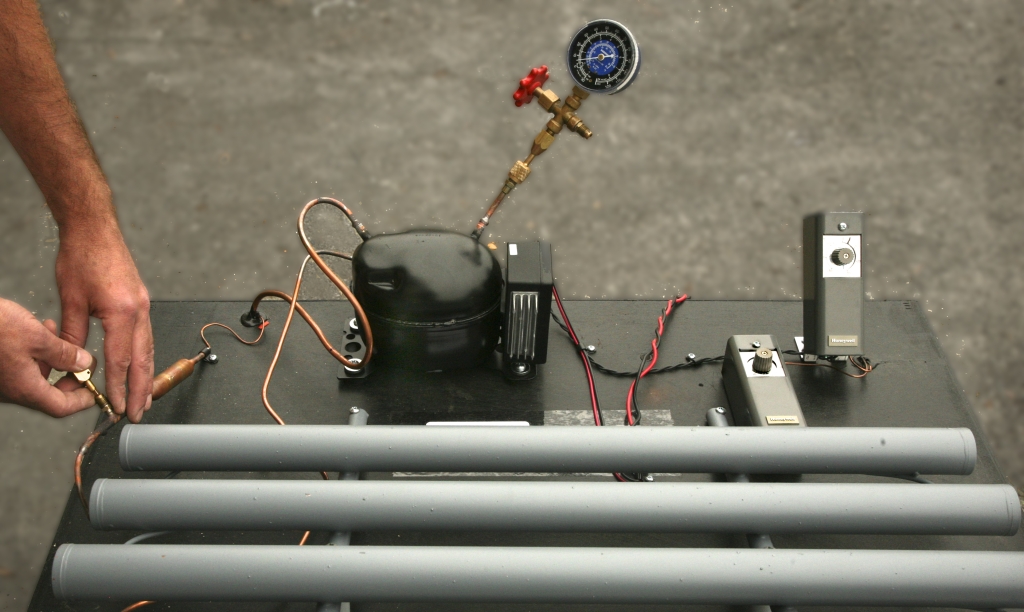
Referral should also be in place and also consider appropriate administration Ensure the water seal is maintained at 2 cmĪppropriate and regular pain relief (IV opioid infusion, PCA etc).Prevent pulling of the drain (See image below)
#PLEUR EVAC AIR LEAK SKIN#
Patient bed to prevent accidental removal and anchored to the patient’s skin to

Please refer to the image below for the correct This is extremely important when removing the drain to ensure theĬorrect drain is removed. It is imperative that the UWSD is labelled in a way that is clear and Risk of tension pneumothorax development if clamped That the drain in not clamped (unless ordered by medical staff). Image below for labelling of each chamber)įor any leakages or movement in water chamber That the amount of suction correlates with the medical team order on EMR (See Drain is on suction (i.e Red bellow out) and.Of each drain tube in accordance with EMR documentation (See The drain dressing to ensure it is intact and for any signs of infection Suction outlets - x1 chest drain and x1 for airway management Two drain clamps per drain (For use in emergency only) That there is emergency equipment at bedside including: See Aseptic Technique Policy and Procedure Chest Drain Assessment & Management Start of shift checks Chest Drain (Intercostal Catheter) Insertion Clinical Practice Guideline.Please see the Chest Drain Insertion CPG below: Indications for Insertion of a Chest Drain Tension Pneumothorax: Air builds up in the pleural space and forces a mediastinal shift leading to decreased venous return to the heart and lung collapse/compression causing acute life-threatening respiratory and cardiovascular compromise.Pneumothorax: Collection of air in the pleural space.Haemothorax: Collection of blood in the pleural space.Chylothorax: Collection of lymph fluid in the pleural space.However, it also outlines management from the perspective of other specialityĪreas where care may differ.

Is written from the perspective of a cardiac and renal ward management To provide a clear guide for nursing staff to promote the safe, correct and competent management of the UWSD in the ward setting. This clinical guideline Please refer to Pleural and Mediastinal Drain ManagementĪfter Cardiothoracic Surgery guideline. Some patients will have Redivac drains inserted, Routinely in theatre, PICU and NICU or in the emergency department and wardĪreas in emergency situations.

Respiratory function and haemodynamic stability. Appropriate chest drain management is required to maintain This allowsįor the expansion of the lungs and restoration of negative pressure in the UWSD are designed to allow air or fluid to be removed from the pleural cavity, whileĪlso preventing backflow of air or fluid into the pleural space. Under water sealed drains (UWSD) are a drainage system of three chambersĬonsisting of a water seal, suction control and drainage collection chamber.


 0 kommentar(er)
0 kommentar(er)
